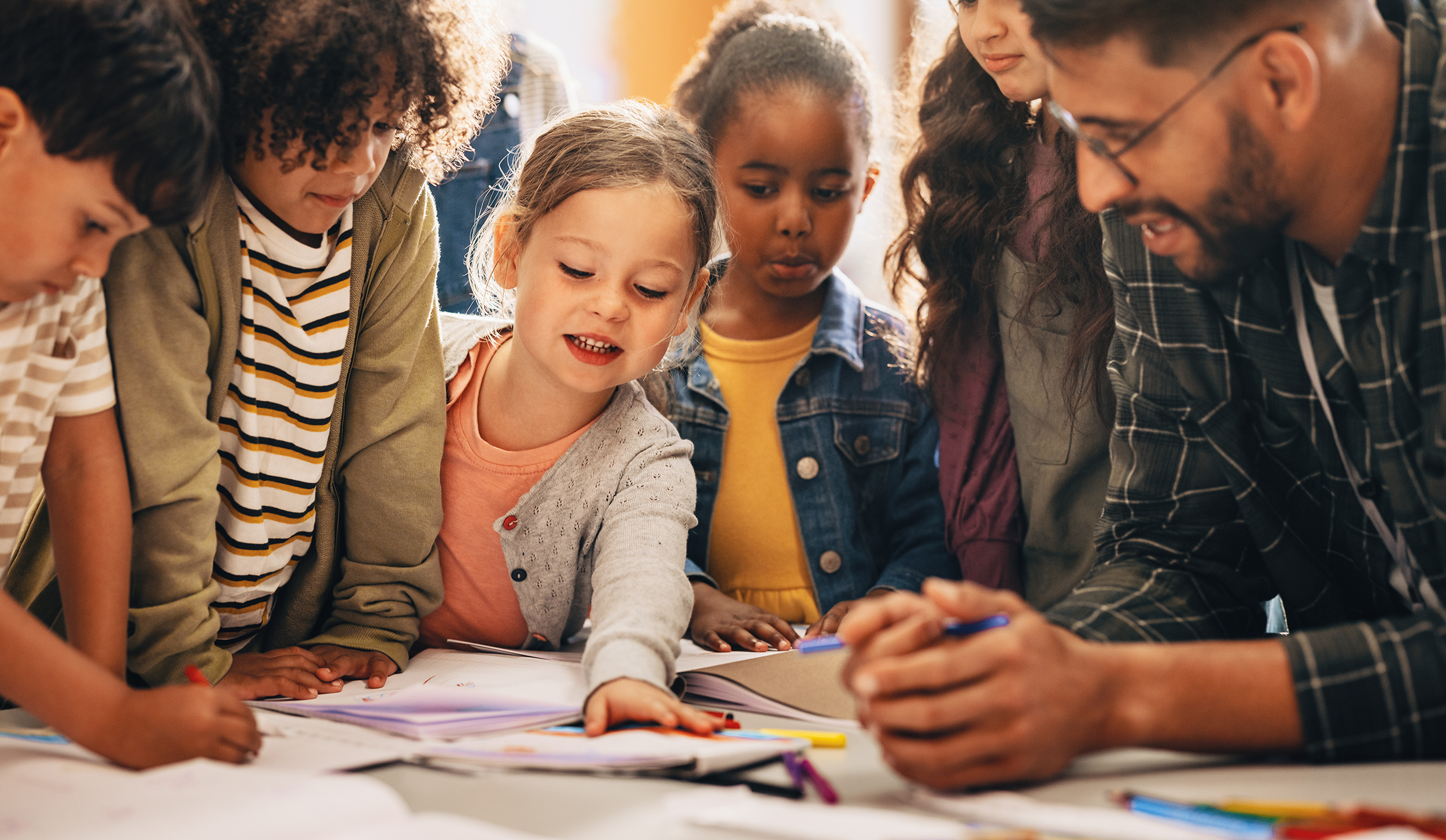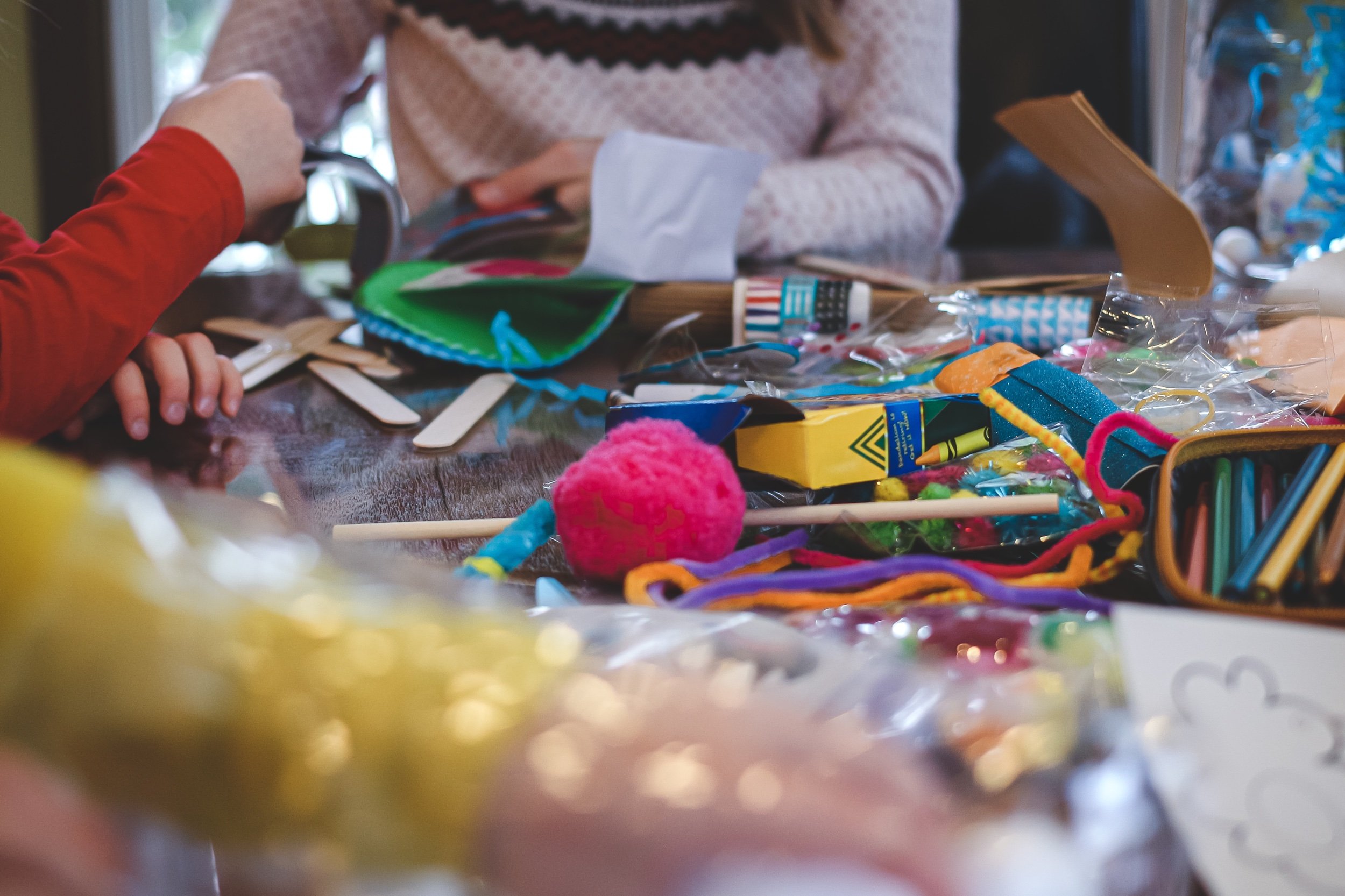How to Build Empathy and Strengthen Your School Community
Empathy is a key part of being a responsible and helpful community member at school and elsewhere. For example, young people who show empathy are less likely to bully. Empathy can also be a route to academic and career success, because it helps people understand and work with others.
Although it doesn’t necessarily take a lot of work to build empathy, it does take attention and commitment — but it’s worth it for students, educators, and the school community. Studies show that when young people have empathy, they display:
More classroom engagement
Higher academic achievement
Better communication skills
Lower likelihood of bullying
Less aggressive behaviors and emotional disorders
More positive relationships
To help educators learn how to build empathy among their school communities, Making Caring Common reviewed existing research on empathy and the strategies of evidence-based programs that promote it. Our work shows that there’s more to developing empathy than simply asking students to “walk in someone else’s shoes.”
In this resource, you’ll find steps you can take to build real empathy in your students and your community. Looking for a more structured approach? MCC's Caring Schools Network (CSN) supports K-12 schools in cultivating strong, caring school communities.
Overview
For: Educators
Ages: K-12
Resource Type: Tips
Understanding empathy
The word empathy is used a lot, but what does it really mean? Empathy is a concerned response to another person’s feelings. It involves thinking, feeling, and even a physical reaction that our bodies have to other people when we relate to how they feel. To have empathy, we have to notice and understand others’ feelings, but that isn’t enough. We also need to care about and value them. Con men and torturers are very good at taking others’ perspectives, but they don’t have empathy for them.
Building empathy
Children and teenagers naturally have the capacity for empathy, but that doesn’t mean they develop it on their own. They learn how to notice, listen, and care by watching and listening to adults and peers, and they take cues from these people about why empathy is important. All school adults – teachers, bus drivers, cafeteria workers, administrators, and others – play a role in helping students develop and display empathy.
One role school adults can play is helping students expand their circle of concern. People are inclined to feel more empathy for those who are similar to them or in close proximity to them. But when it comes to building a school community and developing caring students, that’s not enough. In strong school communities, students (and adults) have empathy for everyone – including those who are different in background, beliefs, or other ways. When educators show that they care about everyone in the school community and expect students to do the same, it can help students open their eyes and ears to others, including those who are sometimes treated as invisible.
Another important role is encouraging students to take the leap from having empathy to acting on it. Too often, we assume that young people will automatically know what to do when they feel concern for a peer or an adult, and then do it. But we all sometimes fall into the empathy-action gap, when we care about a person or cause but don’t do anything to help. Educators can help young people overcome this gap by modeling and encouraging them to take action, whether it’s standing up for someone who is teased, helping to solve a problem, or simply listening to someone who is feeling down.
Barriers to empathy
Even with this kind of encouragement, some things can get in the way of noticing others, feeling empathy, and acting on that empathy. These barriers include feeling different or distant from another person. They also include feeling overwhelmed or distressed by concern for another person, because that can make it hard to act.
To help prevent and overcome these and other barriers, educators can help students
Notice and reject stereotypes
Respect and value differences
Widen their circle of concern
Listen closely to peers and adults
Manage difficult feelings like sadness, anger, and frustration
Navigate social situations ethically and fairly
Five essential steps for schools
1. model empathy
When frustrated with students, pause and take a deep breath and try to see the situation from their perspective before responding.
When a student is upset, reflect back his feelings or the rationale for his behavior before redirecting the behavior.
Be aware of students’ non-verbal cues and follow up on them. For example, if a student is slumping in her chair and appearing withdrawn or angry, say something like “I noticed that you are quieter than usual today. Is something bothering you?” rather than immediately reprimanding her.
Ask for students’ input when appropriate and feasible (for example, when establishing classroom rules or generating ideas for group projects) – and really listen. Find opportunities to incorporate their feedback and respond to their needs.
2. Teach what empathy is and why it matters
Clearly explain that empathy means understanding and caring about another person’s feelings and taking action to help. Explain how it improves the classroom and school community.
Stress the importance of noticing and having empathy for people beyond immediate friends, including those who are different or who are too often invisible.
Give examples of how to act on empathy, such as helping, showing kindness, or even simply listening.
3. Practice
Create opportunities to practice taking another’s perspective and imagining what others are thinking. Play charades and do role plays, read and discuss books, and use “what would you do” style vignettes or case studies.
Name the barriers to empathy, like stereotypes, stress, or fears of social consequences for helping an unpopular peer. Share specific strategies to overcome them. For example, encourage students to privately offer kind and supportive words to a student who was bullied.
Foster emotional and social skills, like dealing with anger and frustration and solving conflicts. Use an evidence-based social and emotional learning (SEL) program and teach specific routines for calming down and resolving disputes. Use advisories and guidance counseling to develop social and ethical skills.
4. Set clear ethical expectations
Be clear that you expect students to care about one another and the entire school community. Don’t just put it in the mission statement or on a poster – talk about it, model it, praise it, and hold students to it.
Do an exercise with students to help them reflect on who is inside and outside their circle. Discuss why and how they can expand the circle of who they care about.
Establish specific guidelines for unacceptable language and behaviors. Ban slurs or hurtful language like “that’s retarded” or “he’s so gay,” even when said ironically or in jest — and step in if you hear them. Encourage students to think about why these words can be hurtful.
Enlist students in establishing rules and holding each other accountable.
Use restorative justice practices and peer mediation when conflicts arise.
5. Make school culture and climate a priority
Collect data from students and staff at least once a year about whether they feel safe, respected, and cared about at school.
Take time to examine the data and make efforts to address problem areas identified by students and staff.
Avoid over-emphasizing comparative evaluation, getting ahead by beating others, or other pressures that can erode trust and undermine empathy.
Authored by: Stephanie Jones, Rick Weissbourd, Suzanne Bouffard, Jennifer Kahn, and Trisha Ross Anderson of the Making Caring Common Project at the Harvard Graduate School of Education. This resource is based on a research and program review supported by the Ashoka Empathy Initiative. Last reviewed October 2018.











